Tanzania is color.
It’s houses of orange clay with rusty tin roofs. Emerald grass curling over the roadside and being severed by a machete as we pass. It’s brightly painted murals that splash across colourful storefronts.
It’s women in boldly printed khanga, perfectly balancing baskets, buckets, bowls, or bags on their heads. It’s only women that carry things in this way, so we were told, if men were to do so it would be an abomination. In northern Tanzania, it’s the layers of beads and sparking silver of the semi-nomadic Maasai people that catch our attention. The clothing varies, although all of dazzling hues, but it is clear that a deep red is widely favoured.


Tanzania is savoury.
Stews, stews, and more stews. Beef stew, banana stew, served up over fresh rice and all of delicate flavours to sooth the more spicy salads which often occupy the same plate. It’s an abundance of carbs, a little bit of meat, and plenty of fresh vegetables.
It’s fresh banana beer, served in a large plastic glass that is shared by everyone. In the town of Mto Wa Mbu, we passed it around inside a small grass hut that was barely tall enough to stand in and with just enough seats for our dozen. The beer was yeasty and bitter, but we both still declared it tasty, preferring it to the banana wine which also made the rounds. Without being bottled and made of only three ingredients, the beer lasts only a few days before another batch is made. The alcohol content is barely registrable (at about 2%), but it is the ultimate social lubricator. It is shared between elders of the Chagga tribe when negotiating marriages, and it is poured onto graves of ancestors to welcome luck in the new year and deposit bad luck from the past.
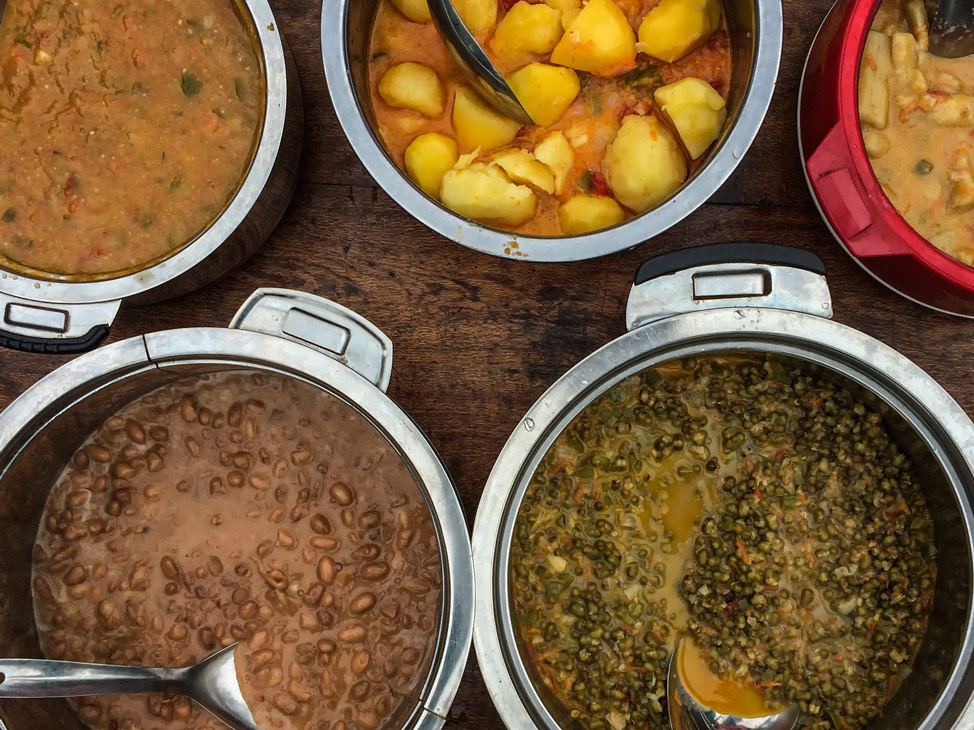
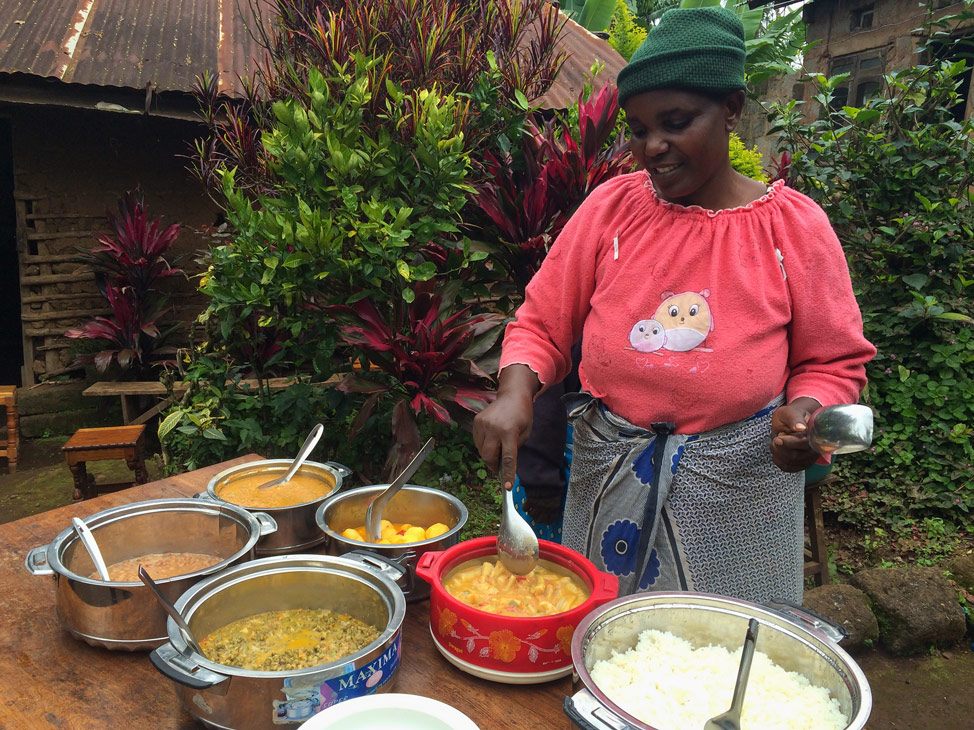
Tanzania is wild and alluring.
We had morning coffee within sight of a tower of giraffes, after a night of hearing hyenas howl around camp. We caught the end of the zebra migration and were mesmerized by the erratic black and white stripes, numbering in the thousands, that stretched into the open field around us as far as we could see.
Tanzania is twisty acacia trees that cast equally twisty shadows in the falling sun of the Serengeti. It’s blood red sand to corn fields to sunflowers to rough side streets lined with shops. It’s stark white sand beaches and the industrious locals who work them – with men fishing or selling tours, women and children collecting seaweed for sale to Japan. It’s the tough job of guarding a field against elephants, tending to a nightly fire made smoky with green grass to deter them.
It is the maddening tease of the highest mountain in Africa, Mount Kilimanjaro, who showed only her faint outline before disappearing into the clouds for two days. It’s the tiny man in rubber sandals named Fred who has summited the mountain 200 times. With clients it can take up to ten days, on his own, he insists he could be up and down in two.
Tanzania offers a satisfying spectrum of adventure and comfort. It is anything you want it to be.


Tanzania is an adjustment.
It’s poor internet. It’s a perpetual cover of dust on everything and the smell of burning garbage. It’s that guy who ripped us off on the purchase of our local phone card. It’s learning about sensible laws against abhorrent customs (like that of female genital mutilation) that frustratingly go unenforced.
But it is also a place to find inspiration. Surrounded by more tribalist neighbours, Tanzania is a strong nation. Tanzania is full of selfless people doing NGO work – like the radiant Floreen at the Amani Children’s Home – tending to the basic needs of dozens of local children, including their broken hearts. Tales abound of families who can’t sustain them, or of AIDS leaving them without one entirely. At Amani, they have a chance to build a life.
It’s a country that I want to wrap my arms around and smother with my love.
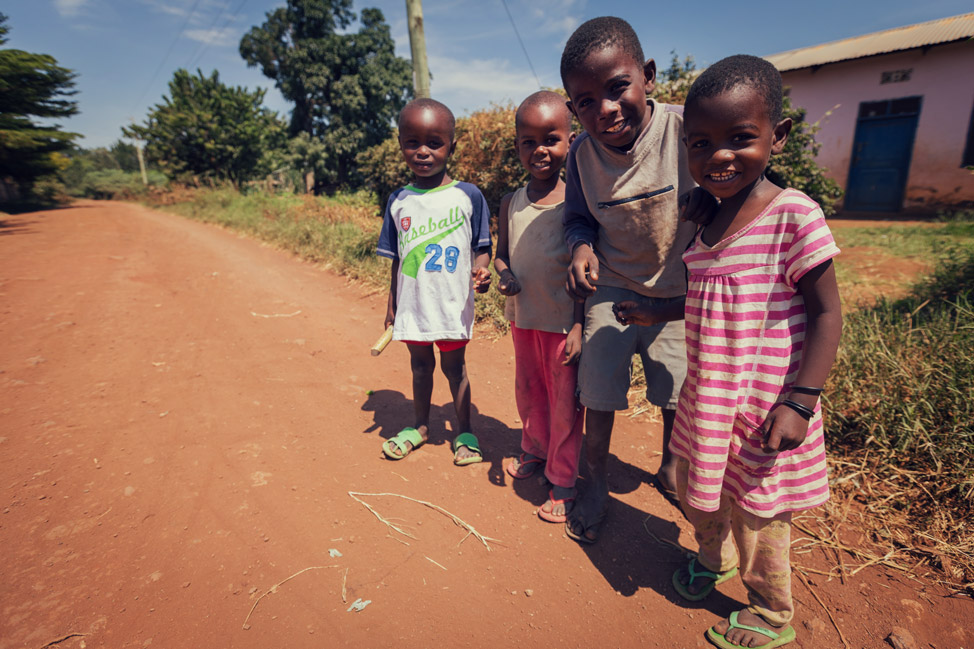
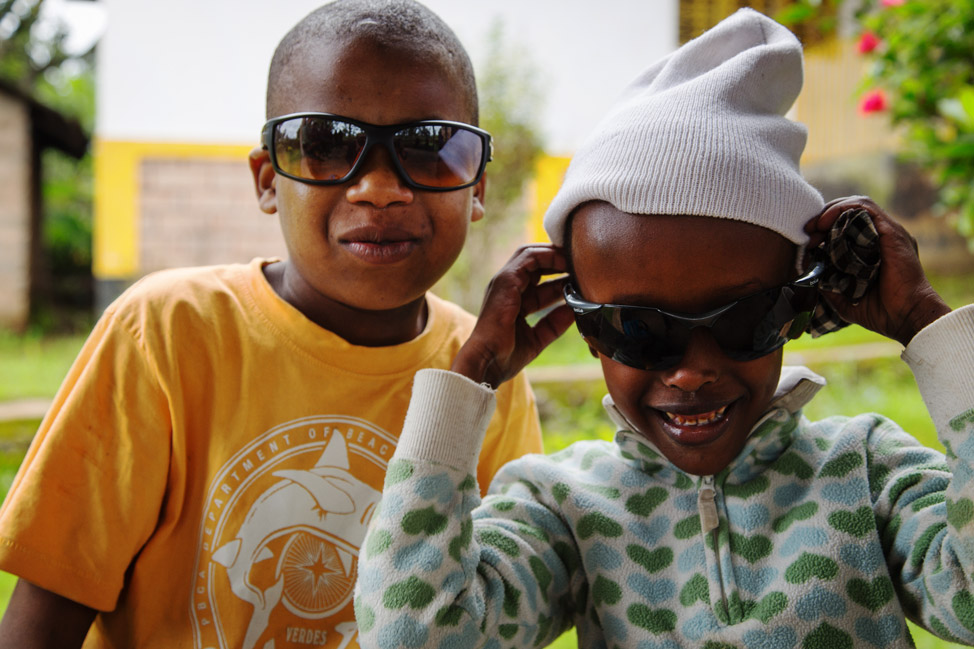
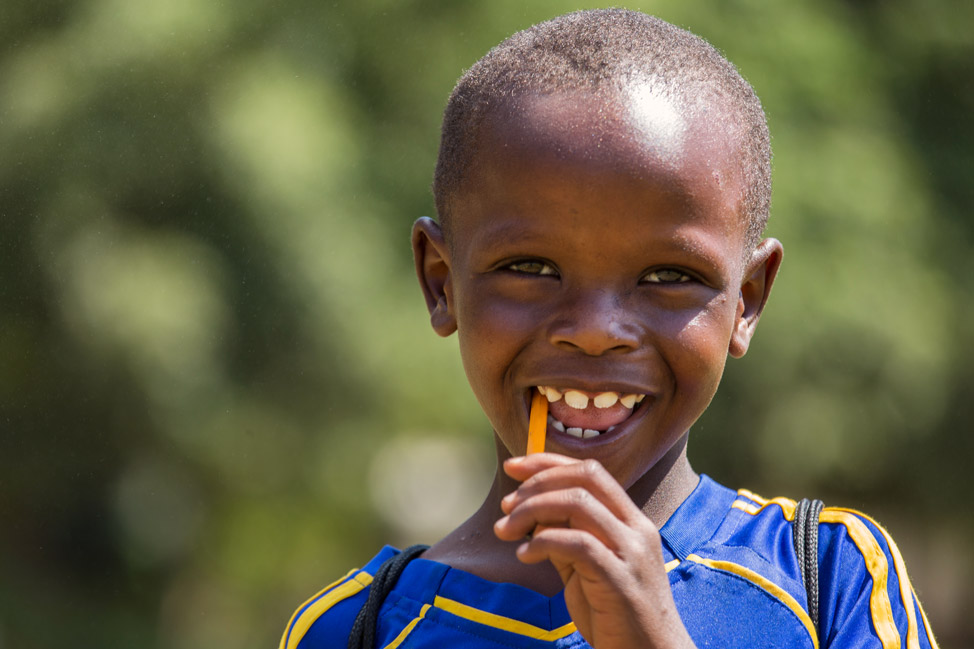
Because Tanzania has a luminous spirit.
It is art based in reality. It is many carvings of baboons because they steal all the bananas in the village. It is a popular and symbolic totem, representing the socialist environment that encourages Tanzanians to take care of each other.
You are very welcome here, we were enthusiastically greeted by every single person we meet. Kids waved, jumped, and yelled Hello! Hello! as we passed.
Of all the countries we have visited, Tanzania is one of the most disadvantaged, but also one with exalted hospitality. And that’s what we will remember most.
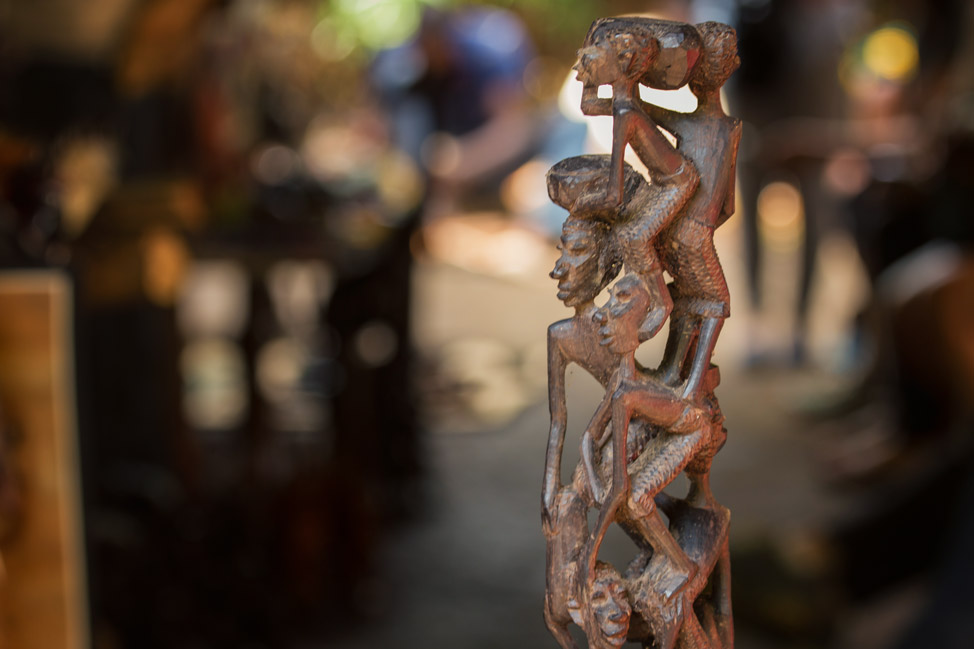
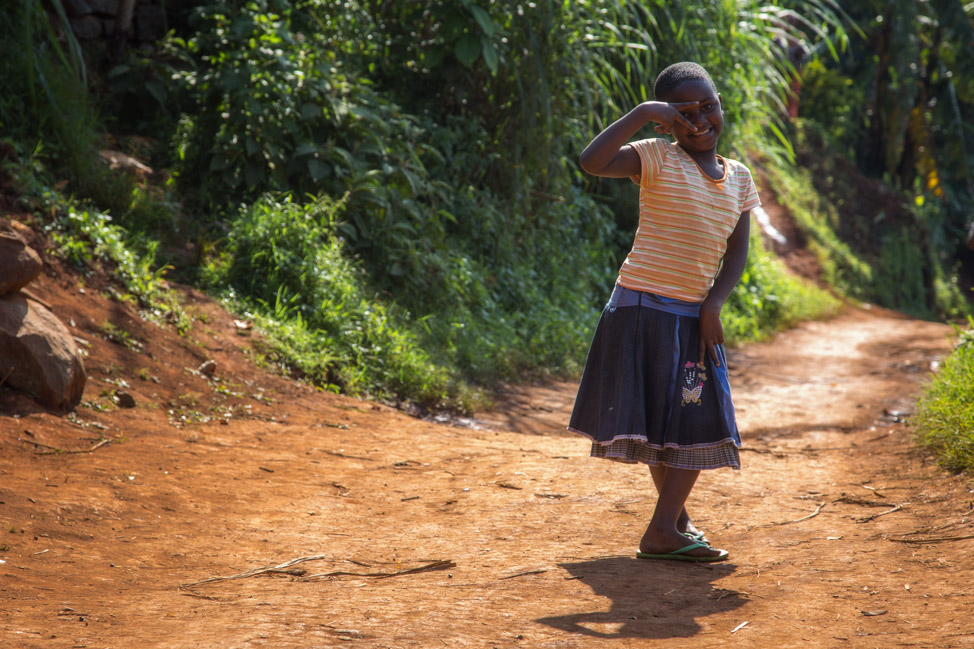
how to do it
This is a snapshot of our time in beautiful Tanzania thanks to our Intrepid Travel “Road to Zanzibar” tour. We began in Nairobi, Kenya and ended on the northern beaches of Zanzibar.In between we spent a couple of mind-blowing days camping in the Serengeti, played with chameleons in the Usambara mountains, and so much more. When we weren’t enjoying meals made in the homes of locals (one of the great things about Intrepid tours is their commitment to local experiences and sustainable tourism), we were being spoiled with our very creative cook. We were very well taken care of by our attentive guide, safe at all times, and thoroughly enjoyed all of our company on this small tour.
As we are pretty staunchly independent travelers who haven’t done a group tour in years, this was a different experience for us!

Leave a Reply